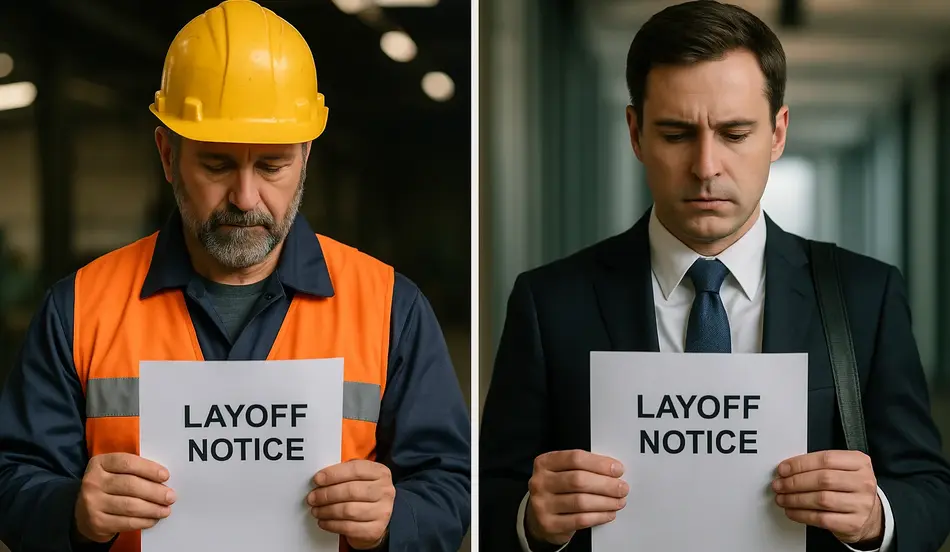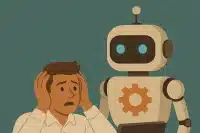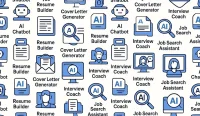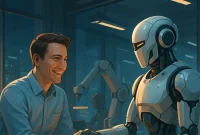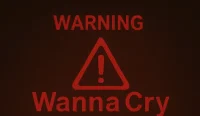America’s Workforce in Crisis
The American workforce is facing an unprecedented crisis. Both blue collar and white collar workers are experiencing historic job losses, reshaping the employment landscape. As economic pressures mount and technological advancements accelerate, millions are left wondering about their future. Read more about the US job market outlook on WhatJobs.
Blue Collar Workers Bear the Brunt of Manufacturing Decline
Manufacturing jobs, once the backbone of the American economy, have been steadily declining. Automation, offshoring, and global competition have led to factory closures and mass layoffs. Blue collar workers, especially in the Midwest and Rust Belt, are struggling to find new opportunities. Explore how blue collar workers are coping with job losses.
The Trump Trade War
The trade war initiated during the Trump administration further exacerbated the manufacturing decline. Tariffs on steel, aluminum, and other goods led to retaliatory measures from trading partners, resulting in job cuts and plant shutdowns. The ripple effects are still being felt today, with many communities yet to recover. See the impact of trade policies on employment.
Hiring Amid Workforce Shifts?
Both blue-collar and white-collar workers are actively seeking new opportunities. Post your job on WhatJobs and connect with them today.
Post a Job Now →Young Workers Face the Highest Unemployment Rates
Young workers, particularly recent graduates and those entering the workforce for the first time, are facing the highest unemployment rates in decades. Entry-level positions are scarce, and competition is fierce. Many are forced to accept part-time or gig work, delaying career advancement and financial independence. Learn how young workers are adapting to the new job market.
White Collar Workers: The AI Revolution
White collar professionals are not immune to the crisis. The rapid adoption of artificial intelligence (AI) and automation is transforming industries such as finance, law, and healthcare. Routine tasks are being automated, leading to layoffs and a demand for new skill sets. Discover how AI is reshaping white collar jobs.
The AI Displacement Crisis
Experts warn that AI could displace millions of jobs in the coming years. While some roles will be created, many more will be lost or fundamentally changed. Workers must adapt quickly to remain relevant in an AI-driven economy. Read about the AI displacement crisis.
The Economic Forum’s Optimistic Outlook
Despite the challenges, the World Economic Forum remains optimistic. They predict that new technologies will create as many jobs as they eliminate, provided workers can upskill and transition into emerging fields. However, this transition requires significant investment in education and training.
The Skills Gap
The skills gap is widening as employers struggle to find candidates with the right expertise. Digital literacy, critical thinking, and adaptability are now essential. Workers who invest in continuous learning are better positioned to thrive. Get insights on bridging the skills gap.
Policy Solutions
Policymakers are exploring solutions such as expanded unemployment benefits, job retraining programs, and incentives for companies to invest in American workers. Collaboration between government, business, and educational institutions is crucial to address the workforce crisis.
The Path Forward
The path forward requires resilience, adaptability, and proactive planning. Workers, employers, and policymakers must work together to build a more inclusive and dynamic workforce. By embracing change and investing in skills, America can emerge stronger from this crisis.
FAQs Workforce Crisis in America
What is causing the current workforce crisis?
The crisis is driven by a combination of automation, AI, global competition, and policy changes such as trade wars.
Which workers are most affected?
Both blue collar and white collar workers are affected, with young workers facing the highest unemployment rates.
How can workers adapt?
Investing in new skills, continuous learning, and seeking opportunities in emerging industries are key strategies.
Are there any positive trends?
Yes, new technologies are also creating jobs, especially for those with digital and technical skills.
